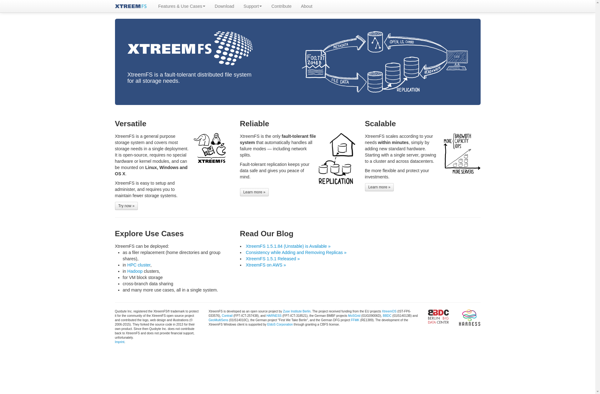Lustre

Lustre: Open-Source Parallel Distributed File System
Lustre is an open-source, parallel distributed file system used for large-scale cluster computing. It provides high-performance file storage across networked servers.
What is Lustre?
Lustre is an open-source, parallel file system designed for high-performance computing environments that require extremely fast I/O across large storage volumes. It delivers parallel access to files across clustered storage for supercomputing, machine learning, and other big data applications that need to process vast datasets efficiently.
A key advantage of Lustre is its ability to scale to tens of thousands of client nodes, petabytes of storage capacity, and millions of IOPS. This makes it well-suited for managing the storage requirements of the world's fastest supercomputers. Lustre is designed to enable parallel computing by allowing multiple client processes to read and write to a shared file system simultaneously at near-disk speeds.
Lustre utilizes a distributed metadata architecture that separates file metadata from file content. This allows it to provide excellent scalability, redundancy, and speed. Setting up a Lustre file system involves deploying three types of system components - object storage servers for file data, metadata servers for filenames and directories, and clients that access the files. The modular design makes Lustre flexible and hardware-agnostic.
Major users of Lustre include scientific research organizations, meteorology, oil and gas, life sciences, rich media, and finance. Many top supercomputers in the world use Lustre storage systems due to their need for ultra-fast, scalable and reliable I/O for their modeling, simulations and data analysis.
Lustre Features
Features
- Parallel distributed file system
- High performance and scalability
- Works across storage servers
- Open source software
Pricing
- Open Source
Pros
Cons
Official Links
Reviews & Ratings
Login to ReviewThe Best Lustre Alternatives
Top Ai Tools & Services and Parallel Computing and other similar apps like Lustre
Here are some alternatives to Lustre:
Suggest an alternative ❐Linux File Systems for Windows

Ceph

GlusterFS

Ext2Fsd

DiskInternals Linux Reader

XtreemFS

WekaFS

Ext2 Installable File System

BeeGFS

Ext2Read (Ext2Explore)

HFSExplorer

StorPool

MacFUSE

MooseFS

LizardFS

Quobyte

FSproxy

Fuse4X

Explore2fs

Skylable Sx

Ext2/3/4 Filesystem Utilities
